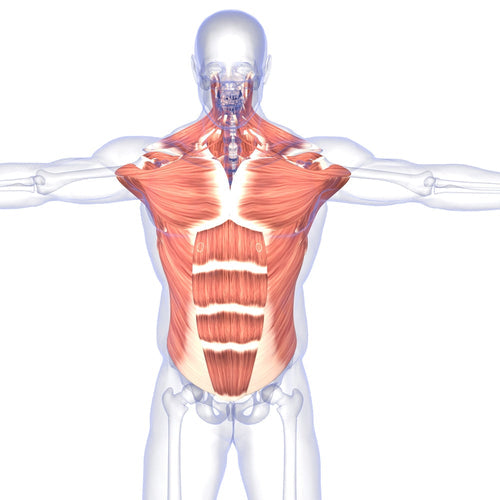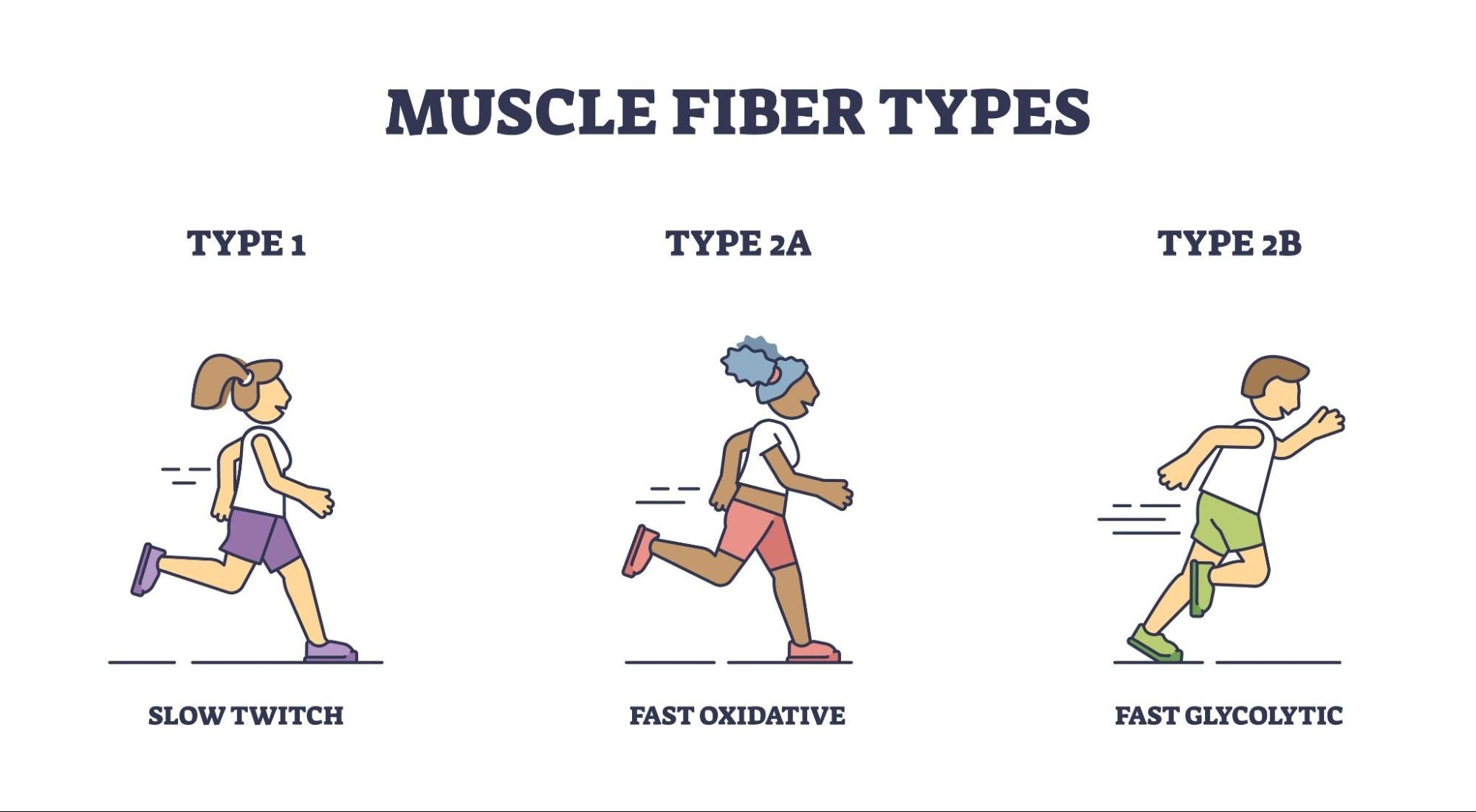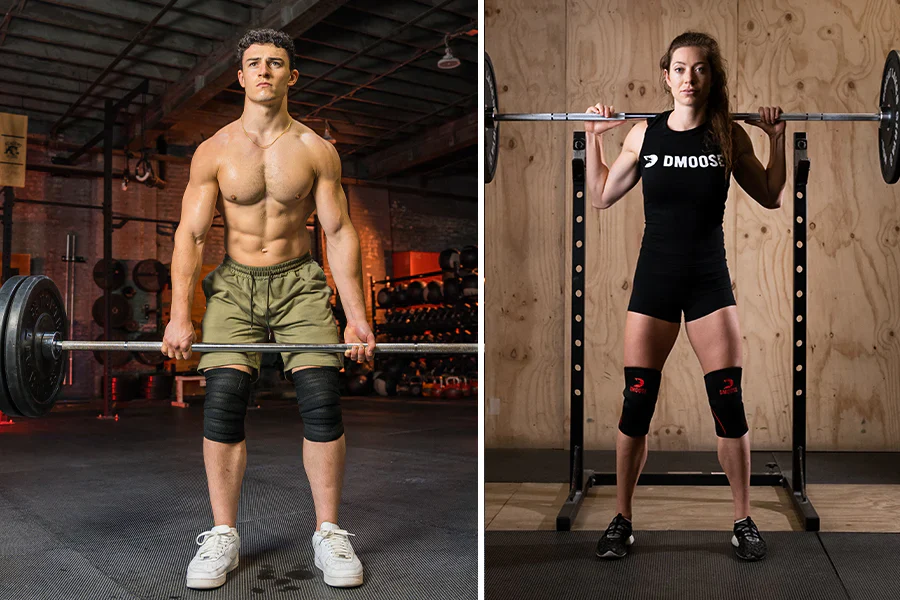
How Exercise Changes Your Muscle Fibers: The Science Behind Performance
Muscle fibers are specialized cells that determine athletic performance and respond differently to various types of exercise. Understanding these differences can help optimize training for specific fitness goals.
Types of Muscle Fibers

Anatomical muscle diagram of human body
Skeletal muscles contain three main types of fibers:
- Slow Oxidative (Type I): Excellent for endurance, rich in mitochondria
- Fast Glycolytic (Type IIx): Built for explosive power and strength
- Fast Oxidative (Type IIa): Hybrid fibers combining endurance and power

Three runners showing muscle fiber types
Characteristics and Functions
Slow Twitch Fibers:
- High endurance capacity
- Dense capillary networks
- Efficient oxygen utilization
- Perfect for marathons and long-distance events

Woman exercising on elliptical trainer
Fast Twitch Fibers:
- Rapid force production
- Larger size
- Quick fatigue
- Ideal for sprinting and weightlifting
How Training Affects Muscle Fibers

Two people weightlifting in gym
Training can modify muscle fiber characteristics:
- Endurance training enhances slow twitch fiber efficiency
- Resistance training develops fast twitch fiber power
- Consistent training can shift fiber characteristics to match activity demands
Training Recommendations
For Endurance:
- Long-duration cardio
- Light resistance training
- Focus on form and consistency
For Power:
- Heavy lifting
- Explosive movements
- Adequate rest periods
For Balanced Development:
- Combine both training styles
- Progressive overload
- Regular recovery periods
Key Factors Affecting Muscle Fiber Performance:
- Nutrition
- Rest and recovery
- Training consistency
- Genetic predisposition
- Age and activity level
Recovery and Adaptation
Different fiber types have varying recovery needs:
- Slow twitch: Faster recovery, shorter rest periods
- Fast twitch: Longer recovery, more rest between sessions
- Hybrid fibers: Moderate recovery requirements
Practical Applications:
- Assess your natural strengths
- Align training with goals
- Allow adequate recovery
- Maintain proper nutrition
- Progress gradually

Man lifting dumbbell
Understanding muscle fiber types and their adaptations helps create more effective training programs and achieve better results in chosen athletic pursuits.
